Writing
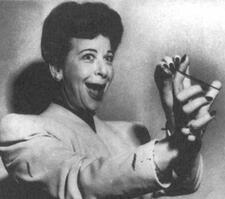
Fanny Brice
One of America’s great clowns, Fanny Brice built her career on a Yiddish accent and a flair for zany parody. Brice earned a reputation as a vaudeville star before creating some of her best-loved comedic personae for radio.
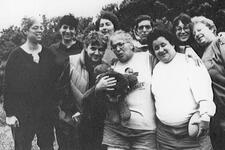
Bridges: A Journal for Jewish Feminists and Our Friends
Bridges: A Jewish Feminist Journal emerged in the overlap of late twentieth-century feminism and the Jewish and connected Jewish feminist writers, activists, and artists with each other, and with various public forums, for more than two decades. As a project made by, for, and about Jewish feminists, it became a space of creative collaboration, and a place to showcase late twentieth-century Jewish feminist cultural projection.
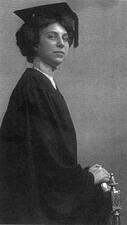
Jeanette Goodman Brill
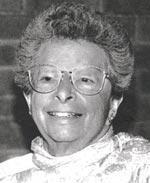
Ruth F. Brin
Britain: Nineteenth and Twentieth Centuries
Since being allowed to resettle in 1656, Jews in Great Britain have established deep community ties throughout their diverse community. Class differences between early Sephardic settlers and the later wave of Ashkenazi immigrants gave rise to numerous Jewish charitable organizations, in which women played a key role.
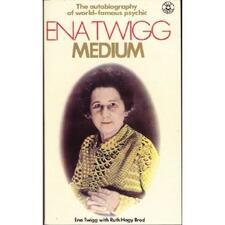
Ruth Hagy Brod
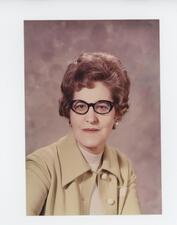
May Brodbeck
May Brodbeck, whose career in the sciences ran the gamut from teaching high school chemistry to exploring fundamental philosophical questions about the nature of human consciousness, was among the foremost American-born philosophers of science.
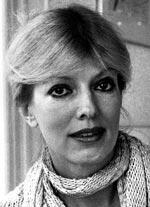
Suzanne Brøgger
Suzanne Brøgger is a Danish journalist, cultural critic, author, and essayist. With more than twenty books to her name, Brøgger has received widespread acclaim for her novels, essays, anthologies, poems, and plays.
Rokhel Brokhes
Rohkel Brokhes offered an intimate and poignant glimpse into Jewish family life in Russia in the early 20th century. Her short stories, novellas, and plays documented the often-harsh lives of Russian Jews, especially women. She was born and raised in Minsk, and she would also die there in the ghetto.

Esther M. Broner
A novelist, playwright, and ritualist, Esther M. Broner emerged on the literary scene in the early 1970s as a leading feminist writer. Her novels feature bitter, fearless, and funny characters. In other works, Broner has combined autobiography with feminist critique of Jewish tradition and created new rituals, such as her 1976 “Women’s Haggadah.”
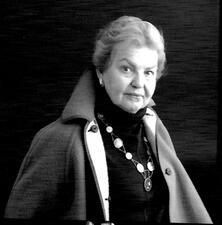
Claire Brook
Claire Brook was a writer, editor, and composer whose career was most distinguished by her work in publishing. After retiring from W.W. Norton, she founded Pendragon Press, a small press focused on musicological books, with her husband and brother.
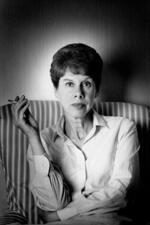
Anita Brookner
Anita Brookner was a British Jewish novelist and accomplished art historian known for her elegaic, gloomy novels depicting the bleak and disappointed lives of women. Receiving the Booker Prize in 1984 for Hotel du Lac, Brookner achieved international fame and recognition as one of the most accomplished writers of English fiction in the later twentieth century.

Geraldine Brooks
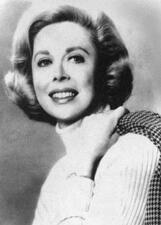
Joyce Brothers
Joyce Brothers was the second person and only woman to win the top prize on the popular television show The $64,000 Question. She became a popular psychologist and talk show host. Brothers conformed to normative understandings of 1950s womanhood but, unlike others, she gave advice about taboo topics such as sexuality and menopause.
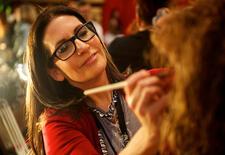
Bobbi Brown
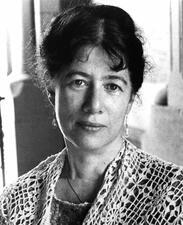
Rosellen Brown
In her fiction, Rosellen Brown confronted themes of alienation, responsibility for others, and racial tension in America. Brown is known for the passion and insight she brings to the page as a poet, essayist, and fiction writer.
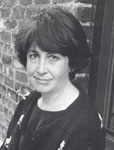
Susan Brownmiller
Susan Brownmiller is a radical feminist writer and journalist. She was a leader in the Women’s Liberation Movement of the 1960s to 1980s (second-wave feminism). Brownmiller is bes-known for Against Our Will: Men, Women, and Rape (1975), the first comprehensive study of sexual violence.

Carry Van Bruggen
Fighting the constraints of her Orthodox upbringing and expectations of her role as a wife and mother, novelist Carry van Bruggen wrote movingly of both the need for freedom and the isolation it could bring.
Ruth Mack Brunswick
Psychoanalyst Ruth Mack Brunswick served as a crucial sounding board for Sigmund Freud, helping him revise his theories on the importance of the mother in the early shaping of the psyche. A valuable contributor to the American psychoanalytic group, Brunswick’s tactful thinking won her ideas a rare acknowledgment.

Hortense Calisher
Hortense Calisher was a significant presence in American letters for over forty years, producing novels, short stories, and memoirs of striking originality and intelligence. Although she did not achieve popular fame, the literary community holds her in high regard and even her critics agree she is a consummate stylist.

Rachel Calof
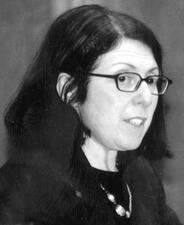
Canada: From Outlaw to Supreme Court Justice, 1738-2005
The positive aspect of the Canadian mosaic has been a strong Jewish community (and other communities) which nurtured traditional ethnic and religious values and benefited from the talent and energy of women and men restrained from participation in the broader society. The negative aspect has included considerable antisemitism and, especially for women, the sometimes stifling narrowness and conservatism of the community which inhibited creative and exceptional people from charting their own individual paths.

Aviva Cantor
Journalist and lecturer Aviva Cantor is the author of the theoretical work Jewish Women, Jewish Men: The Legacy of Patriarchy in Jewish Life, a passionately analytical synthesis of feminism, Judaism, Zionism, Socialism, animal rights and environmentalism, as well as of the landmark The Egalitarian Hagada. Cantor was founding editor of the Jewish Liberation Journal. She also originated the idea and was a founder and editor of Lilith, the independent Jewish feminist magazine.
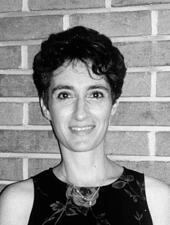
Nina Beth Cardin
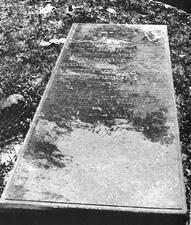
Caribbean Islands and the Guianas
Women were among the earliest settles in the Dutch and English Caribbean. Early Caribbean Jewish women, despite living in patriarchal societies, still managed to engage in public pursuits. As Caribbean Jewish communities became increasingly racially blended over time, women of color became some of the most definitive architects of distinctly Creole Caribbean Jewry.


